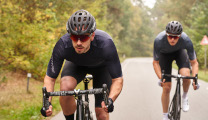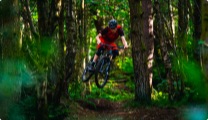EU vs. US gravel
A study of gravel riding on different sides of the Atlantic.
Ask anyone and they’ll tell you that Shimano Gravel Alliance rider Erwin Sikkens knows his gravel riding, which is what made him the perfect choice to conduct a study of gravel at Unbound. What sets the US gravel riding scene apart from Europe, and most importantly, which is better?
I’ve been around long enough in the gravel riding world to know it intimately. I’ve seen, tasted and smelled every variant of gravel riding there is. At least, every type of gravel riding in Europe.
But Europe isn’t the world, and I was acutely aware there was a substantial geographical gap in my gravel knowledge. It was time to find out what more there is to know about gravel – and what I could learn from going Stateside.
This article is going to be less about the heritage of gravel or how to categorize it, and more about the gravel culture we have come to know and love. And that culture didn’t originate in Europe, which is why I was about to board a long-haul flight to Kansas.

Gravel culture emerged from the American Mid-West – or ‘fly-over country’ as some would call it. In these seemingly uninteresting states, things were happening on bikes. There was a movement being built inadvertently by a bunch of cycling lovers who’d started doing interesting stuff on their bikes that involved riding and racing across gravelly backcountry terrain. What started out small, quickly grew into something bigger at the turn of the millennium, eventually growing into the gravel riding scene as we know it today.
From a 2022 perspective, it’s clear that the US gravel scene has had a major impact on shaping the European gravel riding culture, but is it actually the same? Are us Europeans a poor imitation – a less-competitive, less-uniform clone – of what goes on over there or have we created something else entirely? As part of this investigation into two potentially disparate continents, I was going to ride the single-most important gravel race in the world.
Gravel city

The most striking thing I noticed when I woke up one fine Tuesday morning in Emporia, Kansas, was the fact that this particular gravel race was a long way removed from a remote forest. In fact, there was not even a campfire in sight. We were in the middle of town, with masses of gravel paraphernalia deposited proudly on Commercial Street, the town’s main thoroughfare.
Outside of town you find nothing more than endless grassy plains, flanking kilometre after kilometre of pin-straight gravel roads. It’s another world compared to Europe, where gravel riding is more often at home in a forested oasis, carpeted with wildflowers and/or pine needles—running water optional. But singling out the landscape as a differentiating factor seems short-sighted, especially as it varies from state to state, so let’s move onto culture…
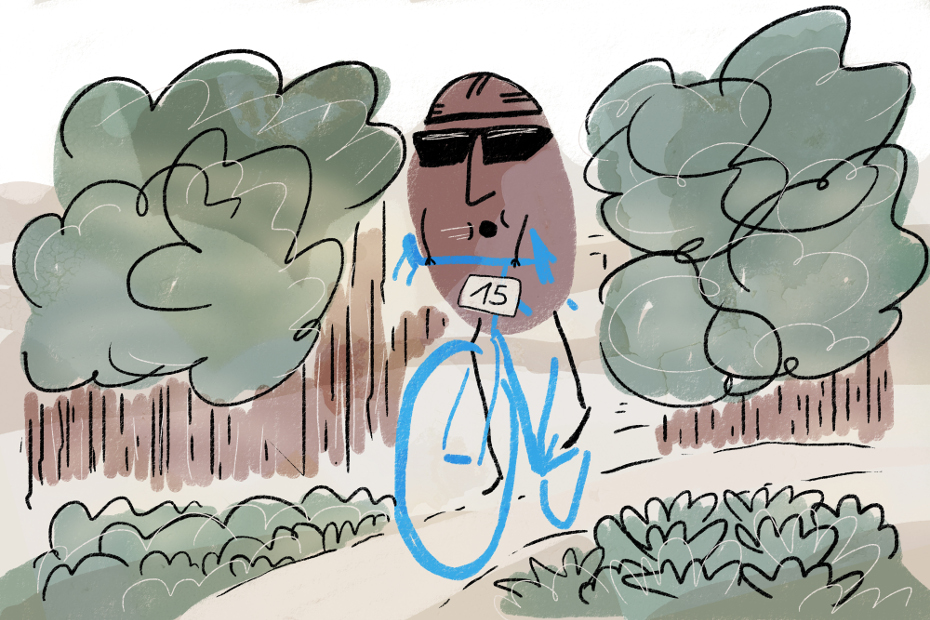
At European gravel events, I’ve found myself all over the place, dabbling in MTB trails, forest tracks, hike-a-bikes, steep climbs… and yes, sometimes when you’re lucky, actual gravel. One thing these events all have in common? The competitive element isn’t the decisive factor. A lot of gravel riding events are about touring at your own speed, mostly with an open start somewhere between time X and Y. Riders can choose between different lengths and speeds and at the end of it, there are no winners, no prizes, just a chilled-out party around a campfire with all the riders.
In Emporia, however, I soon found that this party wasn’t just for those riding, it was for the whole community. With the gravel party being an actual in-town event with a big expo, all the town’s residents are encouraged to become a part of the festivities. Cafes are crowded with riders and non-riders, while beefy pick-up trucks share the roads with dozens of cyclists all week long. Emporia is taken over by cyclists – and everybody appears to like it.
This is (not) a race
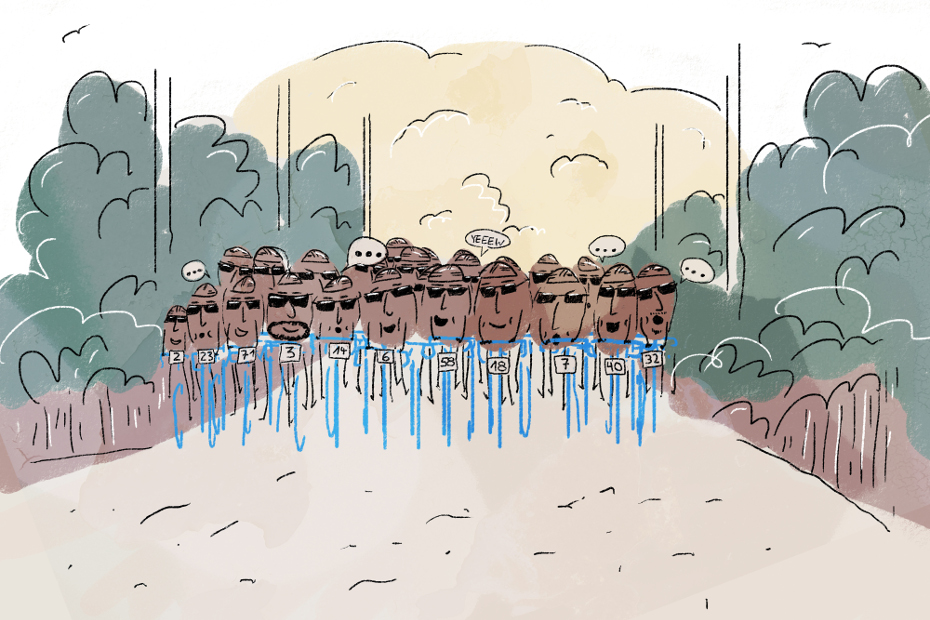
Race day rolls around, and things get real. The speakers are turned up loud and the crowds are going pretty wild as the mass start exits town. It takes about an hour for the charging peloton to splinter into a hundred smaller groups, leaving a handful of professional riders setting the pace at the sharp end of the field. Even back where I am, we’re hauling along at a rapid pace and there are riders overtaking each other non-stop. Each time there’s a lump in the dirt track, someone will drop someone else. It’s verging on ruthless, but we’ve all got our own race to ride – with the 200 mile distance being the biggest challenge for most.
By the time the race reaches half-way, the pace has settled and I’m beginning to recognise the faces of those who are riding just as slowly as I am. We’re even starting to make friends, knowing that we’re in it for the long run. Our ‘race’ is over – from here on, it’s just a very long ride. It almost feels like European gravel right now, but not quite.
At the finish – just before midnight – I spot another difference between European gravel touring and this US gravel race. I’m exhausted. There is no friendly organizer standing at the finish, ready to hand me a beer and there’s definitely no big campfire. I find myself in the middle of a party – the same town-party I’ve been seeing all week. It’s fun and I’m really happy I finished the ride, but I’m too tired to truly enjoy the festivities. I call it a day after 17 hours on the bike.
Despite missing out on the big gravel party, I get the appeal. Challenging yourself at speed and pushing yourself to the limit on gravel roads mirrors the satisfaction I usually find in road riding. After a good sleep, the town comes alive again with riders and their stories. Emporia’s many coffee shops are packed. The topics of conversation aren’t what I expect – or rather, they’re not like the ones you hear in Europe. They’re about the race. What went wrong, what went right, or who got a flat tyre at the wrong moment. It’s markedly different to the stories I typically share in Europe, which usually involve frothing over the scenery or raving about how great your bike felt on the gravel that day. Maybe you’ll even hear me tell you about stopping for a mid-ride swim or getting a coffee at a local cafe.
Riding the wave
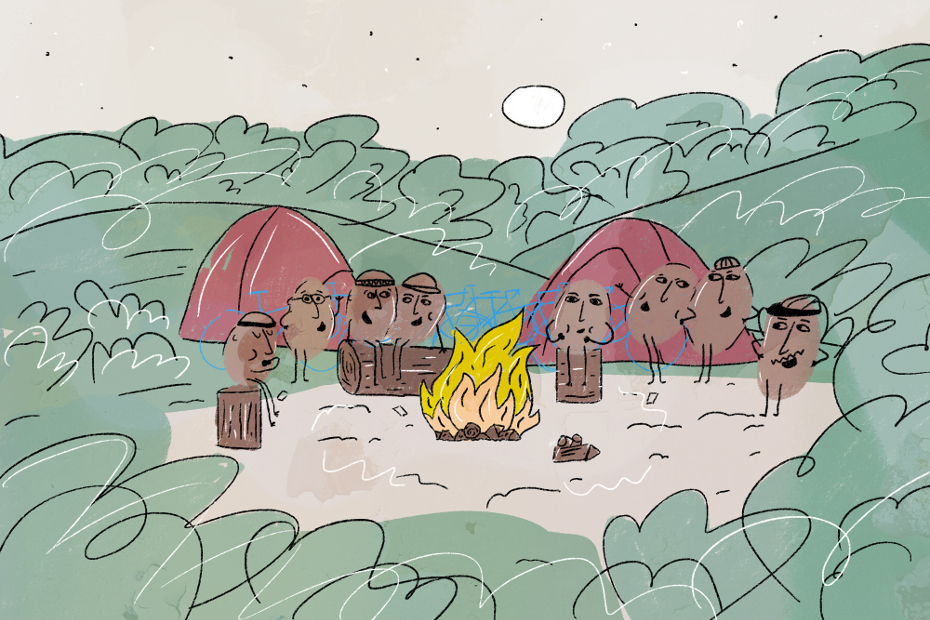
A week after Unbound, I’m back in the Netherlands and riding at a local gravel event. I find myself talking to a friendly guy from New York, who now lives in Europe. We talk about my recent experience, and he agrees with a lot of my observations – the same, yet different. European gravel is like surfing in that we all gather and ride the waves. It isn’t about the prizes or podium spots. At the end of the ride, you huddle by the campfire, enjoy a beer and recount stories. My New York friend draws the classic comparison to early MTB culture, prompting me to think how US gravel, on the other hand, is like visiting a baseball game. First, you BBQ out of the back of your pick-up truck on the parking lot, then there’s the game… and that game is on! Riders are there as much to party as they’re there to race, which, thinking about it, isn’t all too different to Europe if you switch racing for riding…
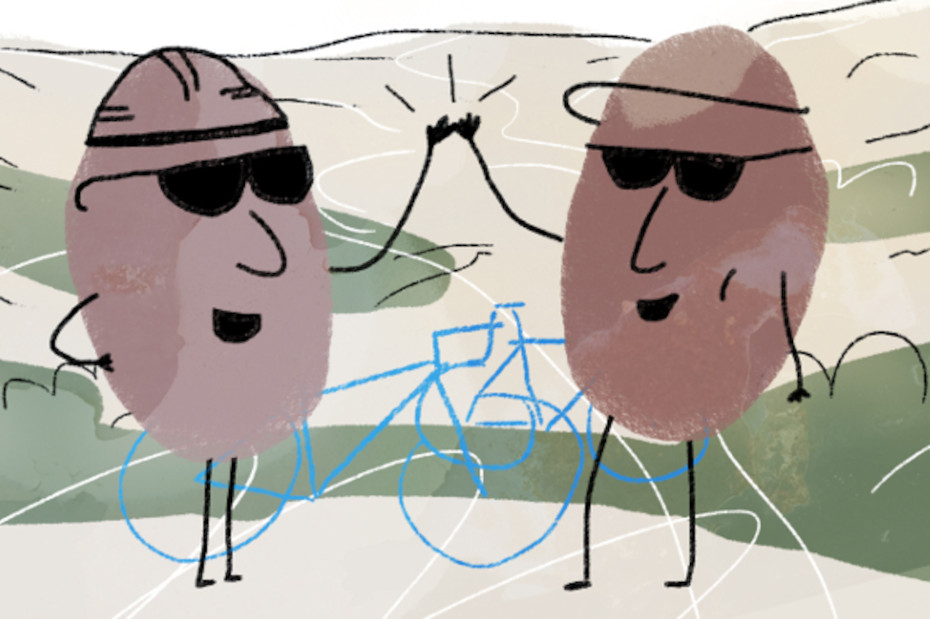
It’s like two dialects of the same language. Despite these small differences, the two worlds can coexist and visit each other. Like family, they welcome each other – with a warm embrace or a friendly thump on the shoulder. Even more so, they complement each other, inciting the other side of the ocean to improve. Gravel is in constant flux and that’s no bad thing.
Having different gravel cultures around the globe only makes this big gravel riding thing we’ve got going on even more beautiful than I already knew it to be.
And now I know it a little bit better than I did before.
